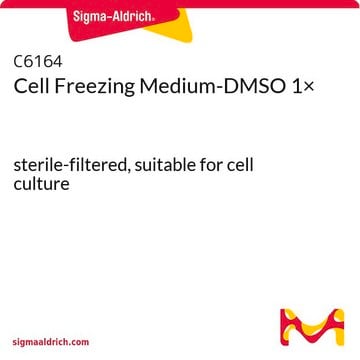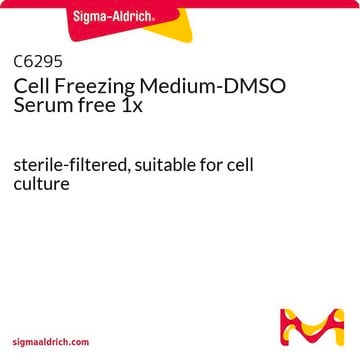SCC210
UFH-001 Human Breast Cancer Cell Line
Human
Synonym(e):
CAIX-positive breast cancer cells, triple negative breast cancer cells
About This Item
Empfohlene Produkte
product name
UFH-001 Human Breast Cancer Cell Line, The UFH-001 triple negative CAIX+ human breast cancer cell line is suitable as a model for studying the mechanisms of triple negative breast cancer progression, metastasis and migration.
Biologische Quelle
human
Methode(n)
cell culture | mammalian: suitable
Verwandte Kategorien
Allgemeine Beschreibung
Source:
UFH-001 cells are derived from MCF-10A cells, a spontaneously immortalized breast cancer epithelial cell line originating from breast tissue of a healthy female patient . UFH-001 cells were sorted for CAIX expression by flow cytometry .
Beschreibung der Zelllinie
Anwendung
Cancer
Qualität
• Cells are tested negative for HPV-16, HPV-18, Hepatitis A, B, C, and HIV-1 & 2 viruses by PCR.
• Cells are verified to be of human origin and negative for inter-species contamination from rat, mouse, chinese hamster, Golden Syrian hamster, and non-human primate (NHP) as assessed by a Contamination CLEAR panel by Charles River Animal Diagnostic Services.
• Cells are negative for mycoplasma contamination.
• Each lot of cells is genotyped by STR analysis to verify the unique identity of the cell line.
Lagerung und Haltbarkeit
Haftungsausschluss
Lagerklassenschlüssel
10 - Combustible liquids
WGK
WGK 2
Flammpunkt (°F)
Not applicable
Flammpunkt (°C)
Not applicable
Analysenzertifikate (COA)
Suchen Sie nach Analysenzertifikate (COA), indem Sie die Lot-/Chargennummer des Produkts eingeben. Lot- und Chargennummern sind auf dem Produktetikett hinter den Wörtern ‘Lot’ oder ‘Batch’ (Lot oder Charge) zu finden.
Besitzen Sie dieses Produkt bereits?
In der Dokumentenbibliothek finden Sie die Dokumentation zu den Produkten, die Sie kürzlich erworben haben.
Unser Team von Wissenschaftlern verfügt über Erfahrung in allen Forschungsbereichen einschließlich Life Science, Materialwissenschaften, chemischer Synthese, Chromatographie, Analytik und vielen mehr..
Setzen Sie sich mit dem technischen Dienst in Verbindung.





